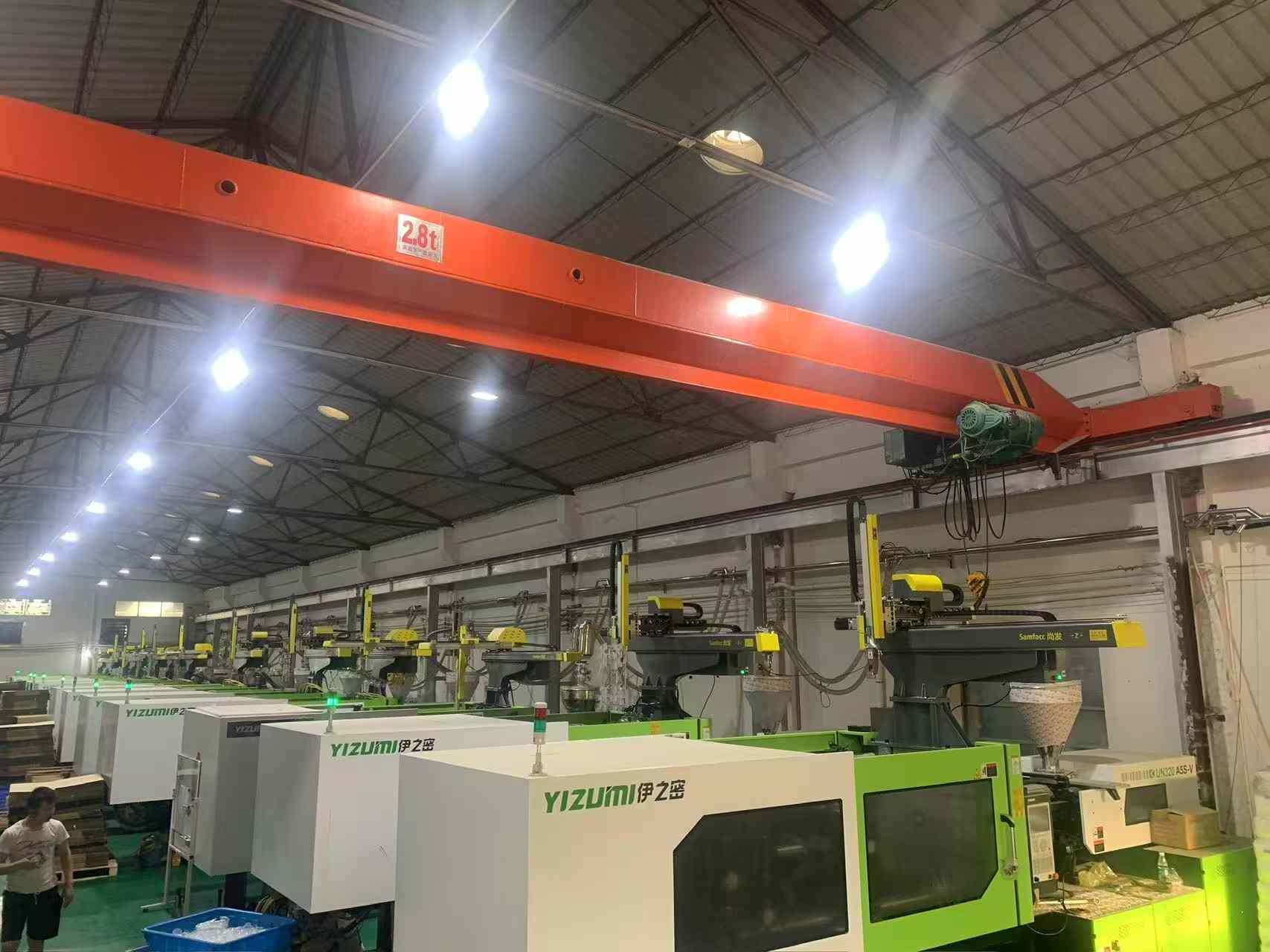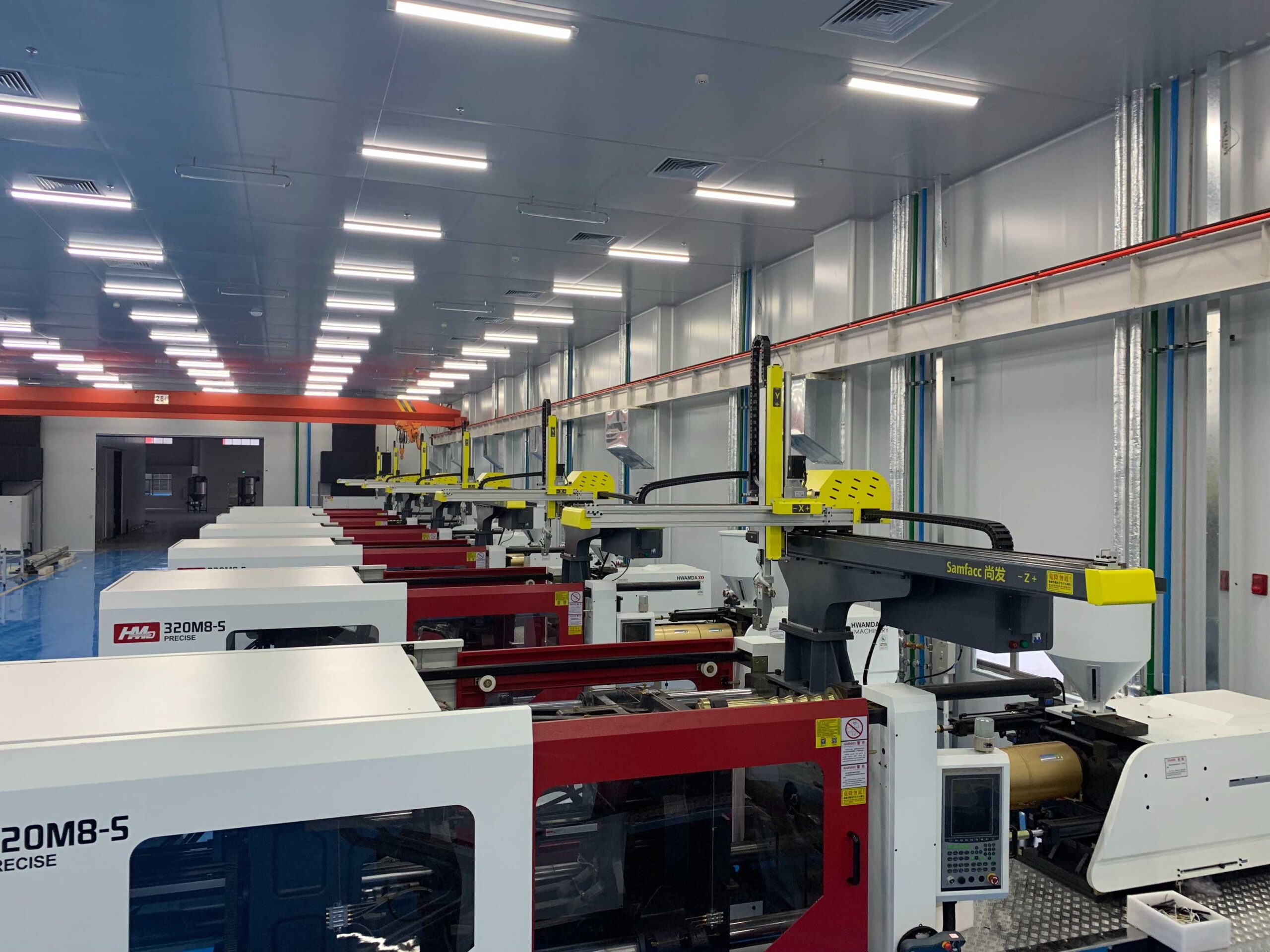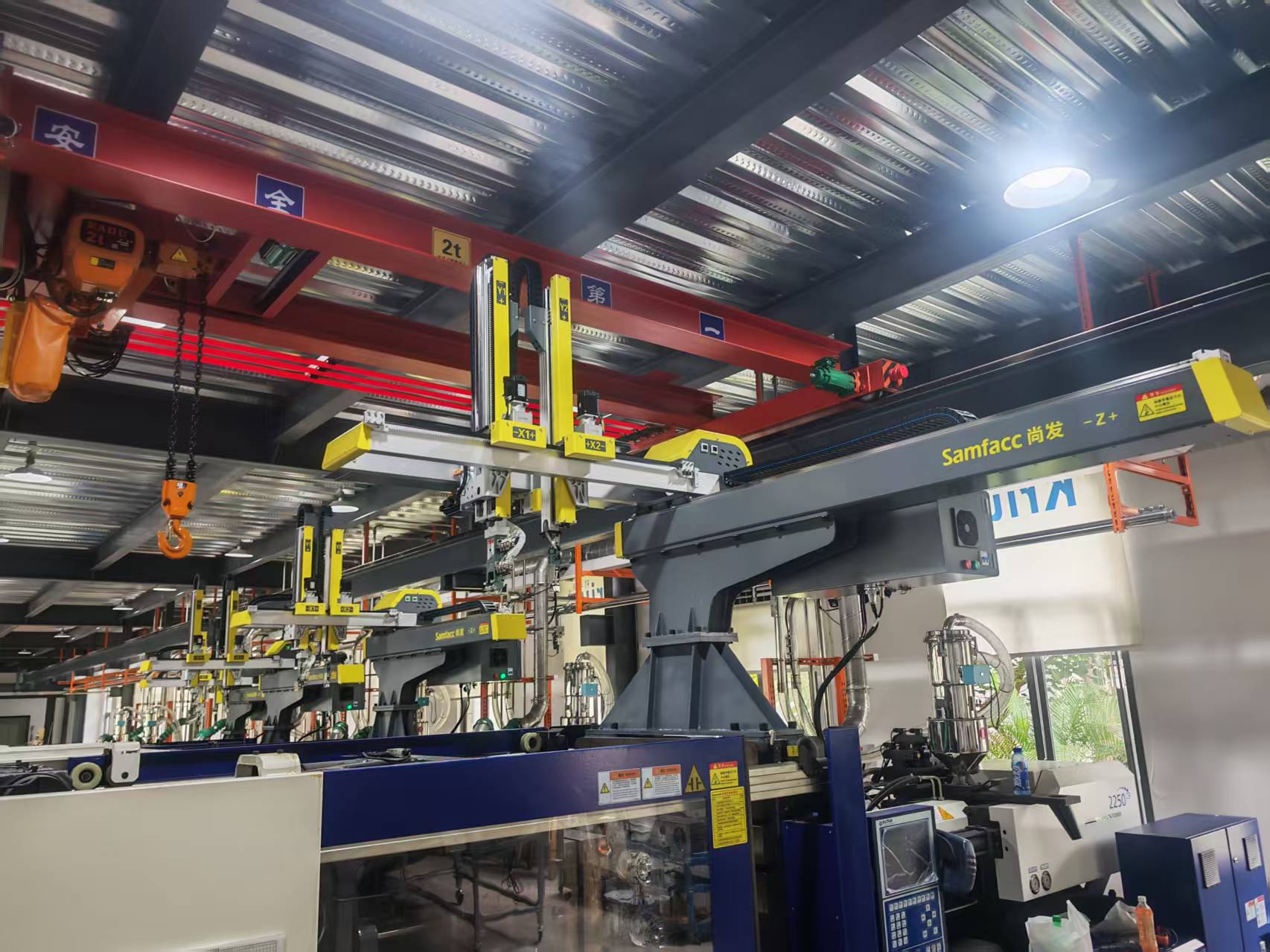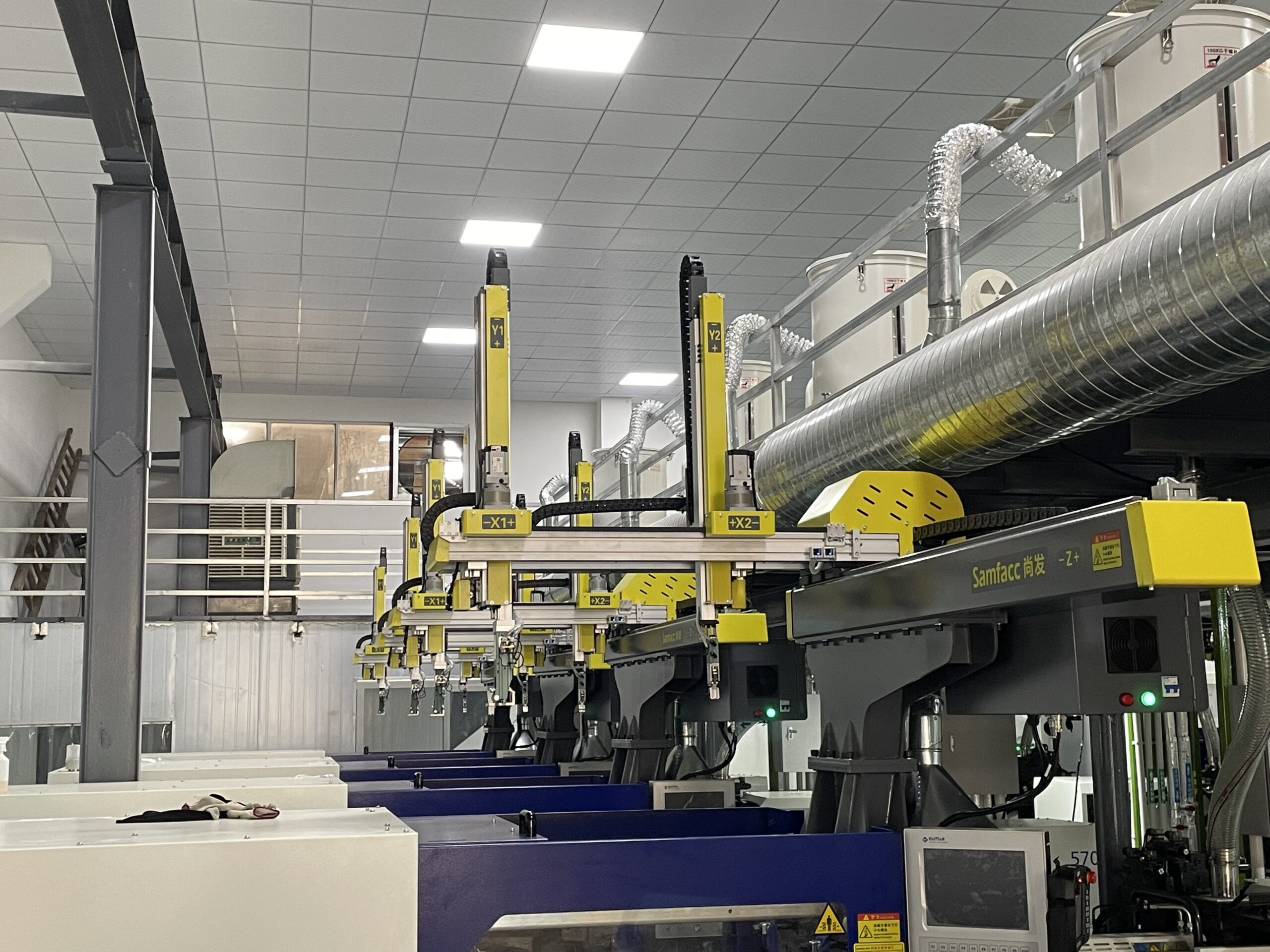In the world of manufacturing, particularly in the injection molding industry, automation plays a crucial role in streamlining production. One essential component of this automation is the robot arm, which comes in various types, each designed to perform specific tasks. Understanding the different robot arm types for injection molding is essential for businesses seeking to improve efficiency, precision, and product quality.
This article delves into the different types of robot arms, their functionalities, and how they can enhance injection molding operations.
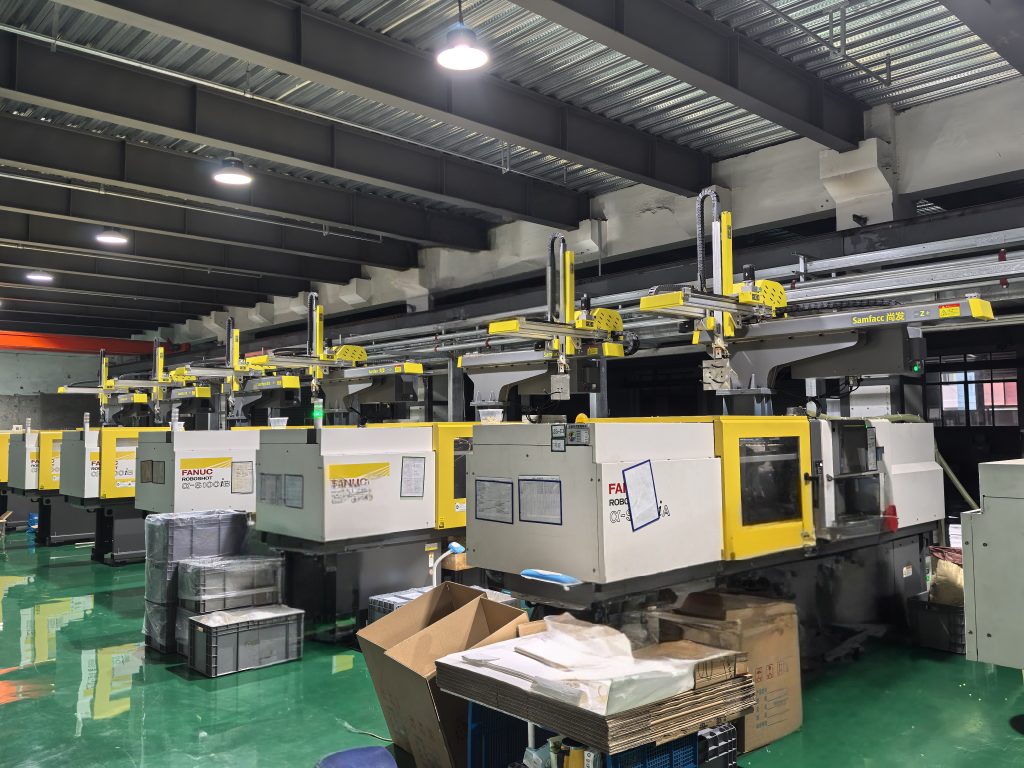
The Role of Robot Arm Types in Injection Molding
Automation in injection molding primarily revolves around increasing productivity, reducing cycle times, and enhancing accuracy. Robot arm types used in injection molding help with tasks such as removing parts from molds, assembling components, or handling the product throughout various stages of production. By automating these repetitive tasks, manufacturers can significantly boost their output while minimizing the risk of human error.
What is Injection Molding?
Injection molding is a manufacturing technique used to produce parts by injecting molten material, typically plastic, into a mold. This process is widely used across industries due to its efficiency in producing large volumes of precise components. However, to make this process even more effective, many manufacturers integrate robot arms into their production lines.
Different Robot Arms Types in Injection Molding
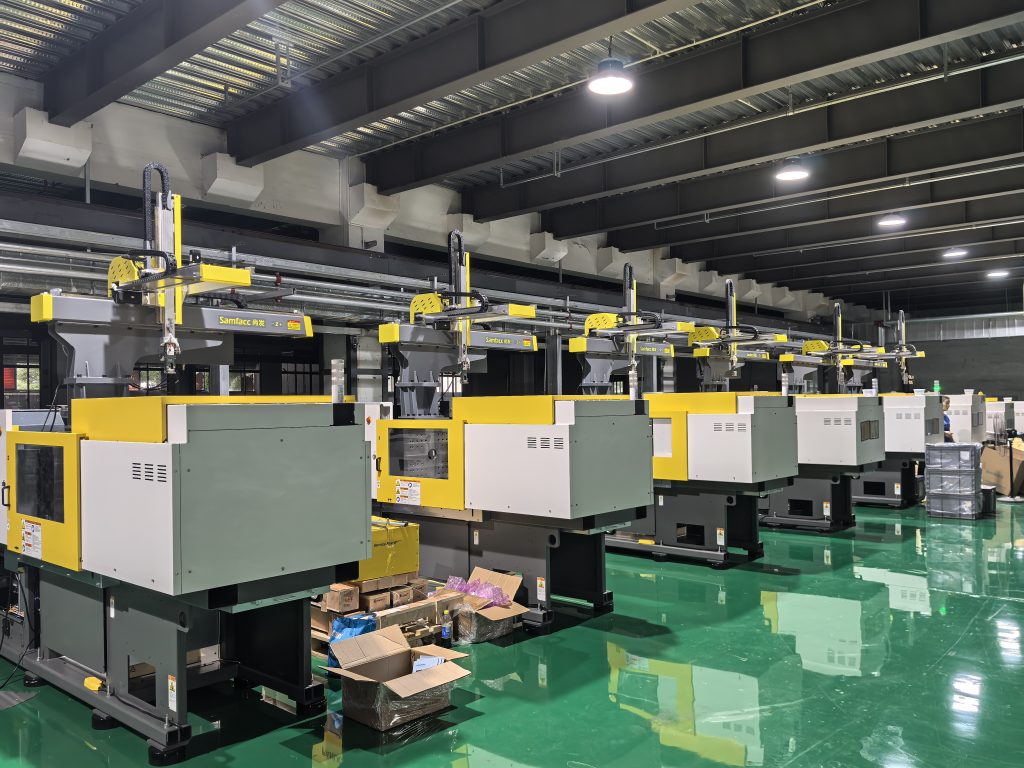
Cartesian Robot Arm
One of the most common robot arm types in injection molding is the Cartesian robot. It operates on three linear axes (X, Y, and Z) and moves in a straight-line motion. Cartesian robots are widely appreciated for their simplicity, accuracy, and ability to handle heavy loads. They are ideal for applications where precision in part placement and movement is critical.
Six-Axis Robot Arm
The six-axis robot arm, also known as an articulated robot, is a versatile option in the range of robot arm types. It features six rotational axes, providing a high degree of freedom and flexibility in movement. This type of robot arm is excellent for more complex tasks that require multi-directional motion, such as reaching into confined spaces or performing intricate assembly tasks.
SCARA Robot Arm
SCARA (Selective Compliance Articulated Robot Arm) is another popular robot arm type used in injection molding. It offers fast, accurate movements in a horizontal plane, making it suitable for tasks like pick-and-place, assembly, and packaging. SCARA robots are known for their speed and compact design, which can be particularly beneficial in space-constrained manufacturing environments.
Delta Robot Arm
Delta robots, also known as parallel robots, are among the fastest robot arm types available. Their lightweight design and high-speed capabilities make them ideal for high-speed pick-and-place applications in injection molding processes. Delta robots excel in environments where precision and speed are critical, such as in the packaging or sorting of molded products.
Collaborative Robot (Cobot) Arm
Collaborative robots, or cobots, are designed to work alongside humans, making them a unique option among robot arm types. Cobots are equipped with advanced sensors and safety features that allow them to operate safely in close proximity to human workers. In injection molding, cobots can assist with tasks like quality inspection, part handling, and light assembly, enhancing both efficiency and safety.
Gantry Robot Arm
A gantry robot arm is another variation of the robot arm types used in injection molding. It operates on a linear motion system similar to Cartesian robots but can cover a larger area due to its overhead structure. Gantry robots are particularly useful in applications requiring the movement of large or heavy objects over a vast workspace.
Conclusion
The integration of robot arm types in injection molding has revolutionized the manufacturing industry by improving efficiency, accuracy, and safety. Understanding the different types of robot arms and their specific applications is crucial for optimizing production processes and staying competitive in the market. Choosing the right automation solution can lead to significant improvements in both productivity and product quality.


